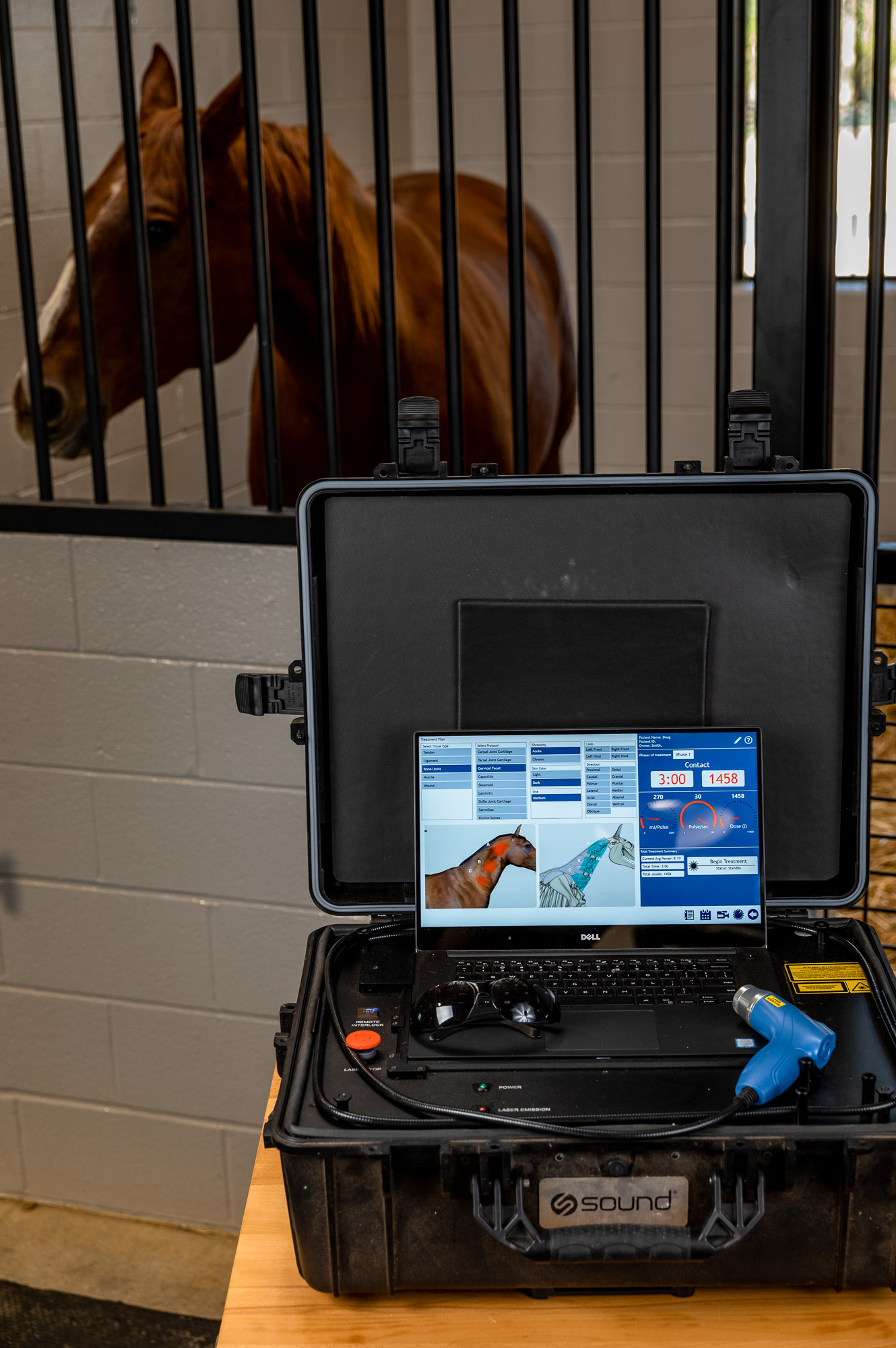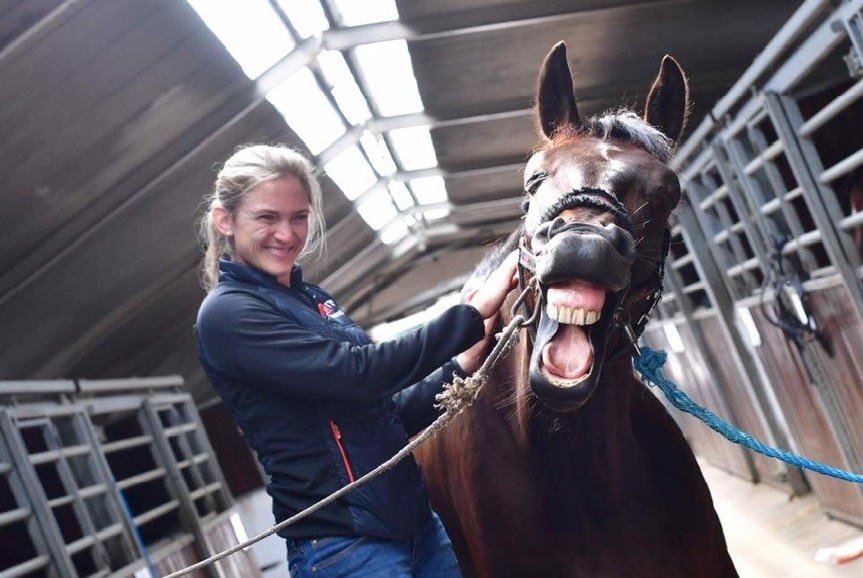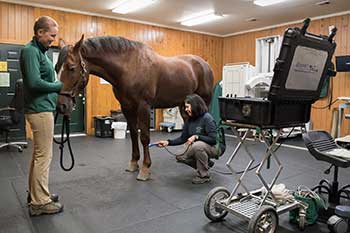How Laser Therapy in Horse Therapy Is Changing Vet Care for Horses
Laser treatment has emerged as a transformative technique in equine veterinary care, giving a non-invasive remedy that quickens recovery and enhances overall wellness. The mobility and flexibility of laser therapy tools better highlight their growing necessity amongst veterinarians.
Recognizing Laser Therapy

The modern technology behind laser therapy is grounded in the principle of photochemistry, where photons are taken in by chromophores within cells, causing raised ATP production and modulation of reactive oxygen species (Equine Therapy). This, consequently, advertises cellular expansion, minimizes swelling, and speeds up recovery. Veterinary experts make use of various sorts of lasers, consisting of low-level lasers (LLLT) and high-power Course IV lasers, relying on the specific therapeutic goals and the nature of the equine condition being treated
Different laser wavelengths and power settings are carefully selected to target various cells midsts and attain wanted clinical end results. Safety protocols are critical, as improper use can lead to thermal damages or suboptimal restorative impacts. Thus, a detailed understanding of laser therapy's mechanisms and applications is essential for its effective execution in equine vet method.
Benefits for Horse Wellness
The myriad benefits of laser treatment for equine health and wellness encompass boosted recovery, discomfort decrease, and boosted wheelchair. This advanced therapy technique leverages particular wavelengths of light to pass through tissues, stimulating mobile function and advertising rapid cells repair work. The non-invasive nature of laser treatment makes sure minimal stress and anxiety and discomfort for the horse, facilitating a smoother healing procedure.
Improved recovery is one of the leading advantages, as laser treatment accelerates cellular regeneration and collagen synthesis. Pain reduction is accomplished with the anti-inflammatory results of laser therapy, which decreases swelling and decreases the production of pain-inducing chemicals.
By lowering swelling and discomfort, and improving tissue fixing, laser treatment assists in bring back joint function and muscle flexibility. Hence, laser treatment stands as a transformative device in contemporary equine veterinary treatment.
Usual Conditions Treated
Laser therapy has become a functional therapy choice for a range of common equine problems. Amongst these, musculoskeletal injuries are especially open to laser therapy. Equine Therapy. Soft tissue injuries, such as tendonitis and ligament pressures, gain from the anti-inflammatory and analgesic impacts of laser treatments, which accelerate healing and lower discomfort. Furthermore, laser therapy works for problems like osteo arthritis, where it assists reduce joint swelling and advertise tissue repair work.
Wound management is one more location where laser therapy has actually revealed considerable promise. Chronic injuries or slow-healing abscess can be particularly tough in horses, Get More Info however laser treatment enhances cellular regrowth and improves blood circulation, hence speeding up the healing procedure. Laser treatments have actually been successfully used in managing unguis conditions such as laminitis and abscesses, alleviating discomfort and promoting much faster healing.

Innovation Behind Laser Treatment
Beyond the myriad conditions treatable with laser therapy, the technology itself benefits better evaluation. At the heart of laser therapy is making use of particular wavelengths of light to permeate tissues and generate biological actions. These wavelengths, usually ranging from 600 to 1000 nanometers, are selectively soaked up by chromophores in the skin, muscular tissue, and various other tissues, instigating a cascade of mobile occasions.
Laser gadgets utilized in veterinary medication commonly use low-level laser therapy (LLLT) or cold laser treatment. Unlike high-powered medical lasers, these gadgets operate at lower energy degrees, maximizing therapeutic advantages while decreasing thermal damages. The energy from the laser light stimulates adenosine triphosphate (ATP) manufacturing, enhances mobile metabolic process, and accelerates cells repair work procedures.

Success Stories and Situation Researches

Showcasing the substantial advantages of laser therapy, various success stories and study brighten its transformative effect on equine health. One such situation includes a pedigreed racehorse suffering from chronic tendonitis. Conventional therapies generated very little enhancement, yet after incorporating laser treatment right into browse this site the regimen, the horse displayed considerable reductions in swelling and discomfort within weeks, inevitably read more returning to affordable auto racing.
An additional engaging instance features a dressage equine identified with serious back pain, limiting its performance. A veterinary group used low-level laser treatment (LLLT) to target the swollen locations, causing marked enhancement in versatility and a remarkable decline in pain. Over a number of sessions, the equine reclaimed its peak type, showcasing the efficiency of laser therapy in addressing bone and joint problems.
Furthermore, a research study conducted at a leading equine center analyzed 50 steeds with various soft tissue injuries treated with laser therapy. The outcomes stood out: 85% of the horses demonstrated sped up healing times and enhanced wheelchair. These situations highlight the convenience and performance of laser therapy in equine medication, providing a non-invasive, scientifically-backed method to enhancing recuperation and efficiency in equines.
Final Thought
Laser treatment is revolutionizing equine vet treatment by supplying a non-invasive therapy that accelerates healing, minimizes inflammation, and minimizes discomfort. With its performance in dealing with an array of problems, from bone and joint injuries to chronic conditions like osteoarthritis, this technology substantially enhances equine health and wellness and wheelchair. The mobility and flexibility of laser treatment further emphasize its transformative effect on vet techniques, strengthening its role as an important tool in modern equine healthcare.
Comments on “The Power of Equine Therapy for Anxiousness, PTSD, and Psychological Recovery”